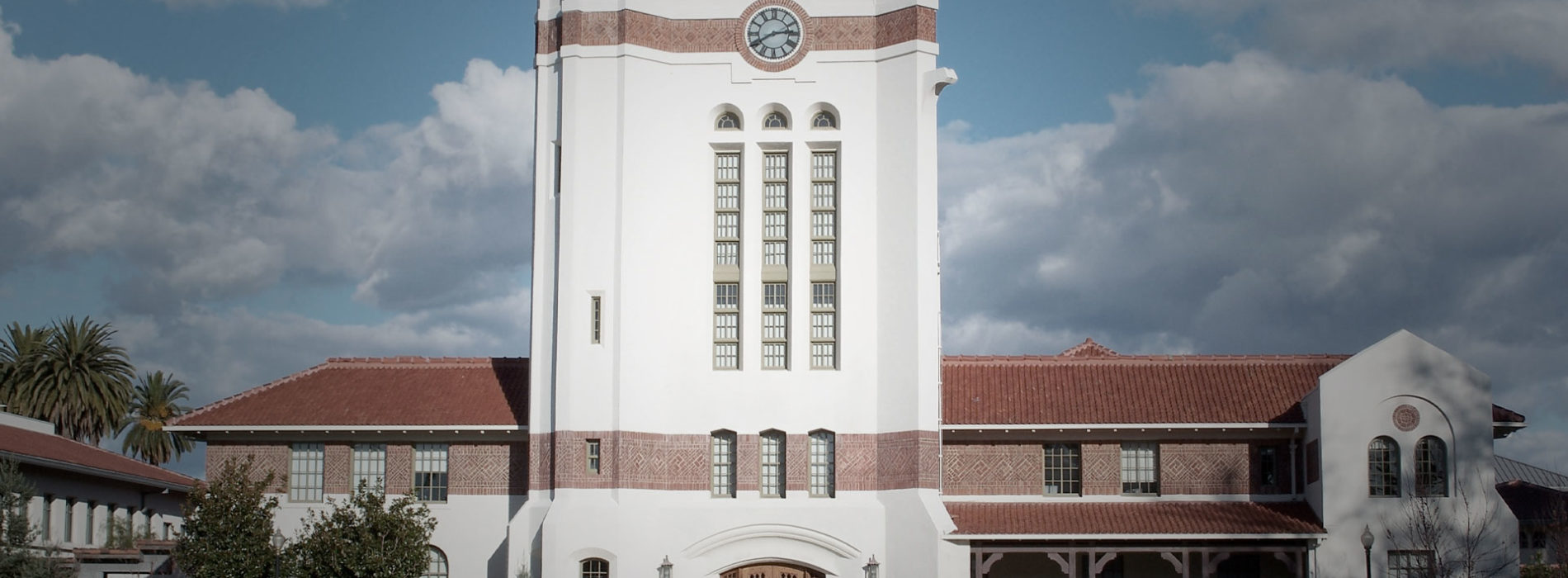Agnews Developmental Center
Originally opening as “The Great Asylum for the Insane” in 1885 and later called “California Hospital for the Chronic Insane” and “State Asylum at Agnews” (1889), the facility was established by an act of the California Legislature in order to care for the mentally ill. Three years later, the first patients were admitted for treatment.
On April 18, 1906, the San Francisco Great Earthquake struck, which left the Great Asylum for the Insane as the site of Santa Clara Valley’s most casualties during the catastrophe, with 117 deaths (96 of which were patients). The tower of the main building collapsed and fell four floors into the basement, crushing the victims to death. Their bodies were buried in a mass grave on site, marked only with a memorial. All of the other buildings on the property were damaged profusely.
The hundreds of patients (or, “insane persons,” as the media reported) who survived the catastrophe escaped, left to roam in the countryside. The San Francisco Chronicle and other newspapers reported stories of “lunatic escapees” being recaptured for weeks and months following the earthquake.
In 1911, the asylum was rebuilt under the name “Agnews State Mental Hospital” and used a Mission Revival/Spanish Colonial Revival construction style. The project was supervised by Dr. Leonard Stocking, the asylum’s superintendent who believed that mental hospitals should treat patients who could be released back into society. It was expanded to include a second campus called the East Campus in 1926. The facility resembled a college campus or self-contained town, complete with a farm that raised pigs and had a vegetable garden, a steam-generating power plant for heating, and a fire department. Agnews housed up to 2,000 patients, featured 46 buildings, and spanned more than 671,000 square feet.
It was not until 1965 that the hospital began its special habilitation program for patients with developmental disabilities. The Lanterman-petris Short Act of California mandated that most of the mentally ill patients in state hospitals b transferred into community programs, which is partly why Agnews reorganized itself. Programs and services for the mentally ill were discontinued entirely in June 1972, when Agnews changed its mission to solely focus on the care of patients with major developmental disabilities. During this time, it cared for around 800 patients.
The village had the largest population in the South San Francisco Bay area at the time, and it even had its own train station. The station remained there up until fire and vandalism led to its demolition in the 1990s. In 1926, Agnews opened a second campus two miles east of San Jose that was designed for people with developmental disabilities.
The center supported programs for the mentally ill up until 1972, when the facility converted over to exclusive care for people with developmental disabilities. The Agnews Developmental Center is believed to be haunted due to the tragedy of the 1906 quake, especially since the bodies were all buried in the same unmarked grave.
The patient population at Agnews declined over the years as the state shifted the care of developmental disabilities away from institutions and promoted home care settings. Agnews Developmental Center was used to provide outpatient clinic services in the community through April 2011.
Since Agnews’ closure, the facility has slowly decayed into a state of disrepair, with its barren walls having attracted vandals and a muralist. The offices were thrashed, with their contents scattered. State-of-the-art elementary and middle schools are scheduled open atop the grounds where Agnews Developmental Center once stood in fall 2020, with a high school following the next year.
The James T. Staples riverboat (officially registered as the Jas. T. Staples, also known as the Big Jim) was a Tombigbee River stern-wheel paddle steamer belonging to Captain Norman Staples, the boat’s designer who named it after his father.
The Russell Cave National Monument was a sacred burial site that is at least 10,000 years old.



